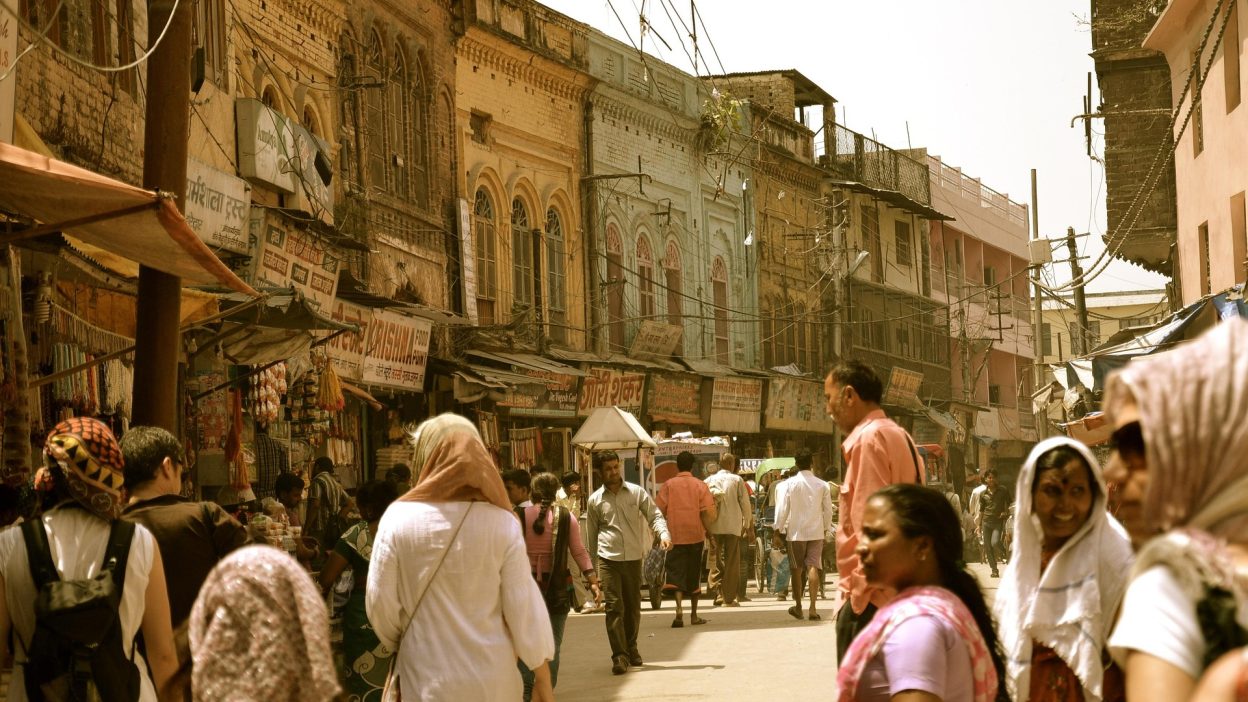Mughal Negligence or Unavoidable Catastrophe
A Devastating Crisis: The Deccan Famine of 1630–1632
The Deccan Famine of 1630–1632 stands as one of the most harrowing tragedies in India’s history under the Mughal Empire. This disaster led to millions of deaths, dismantling communities and leaving a lasting scar on the region.
This famine, which struck the Deccan Plateau, was not solely a natural calamity. While environmental factors played a role, poor governance, heavy taxation, and inadequate response measures by the Mughal authorities intensified the crisis. Instead of being an unavoidable catastrophe, this famine was exacerbated by human errors and systemic failures.
Was the Famine Unavoidable or a Governance Failure?
Scholars debate whether the famine was purely a natural disaster or the result of poor administrative decisions. Monsoon failures led to consecutive crop failures, but the lack of effective response mechanisms by the Mughal Empire suggests a significant human factor in the tragedy.
The Mughal rulers prioritised territorial expansion and economic growth over addressing the urgent needs of the starving population. High taxation policies, coupled with a failure to establish an efficient relief system, worsened the food shortages. If better storage systems, reduced taxation during crisis periods, and a structured distribution network had been in place, the devastating impact could have been significantly reduced.
The Human Cost: Death, Starvation, and Unthinkable Acts
- Millions Perished: Reports estimate that between 2 to 4 million individuals lost their lives. Entire villages were wiped out, leaving the region desolate and abandoned.
- Desperation Led to Cannibalism: Eyewitness accounts record distressing incidents of cannibalism, where the desperation for food forced people to take extreme measures for survival.
- The Divide Between Rich and Poor: While the affluent managed to hoard resources or flee, the impoverished were left to suffer, leading to widespread deaths on the streets.
- Beyond the Deccan: Though the famine was centred in the Deccan, its effects rippled across other regions, causing price inflation, trade disruptions, and economic instability throughout the Mughal Empire.
The Mughal Empire’s Ineffective Response
The Mughal administration, under Emperor Shah Jahan, was slow to act, resulting in preventable mass suffering. Although minor relief efforts were attempted, they fell far short of what was required.
Shah Jahan’s primary focus remained on military campaigns and grand architectural projects such as the Taj Mahal. Resources that could have been utilised to combat the famine were diverted elsewhere. The empire’s failure to prioritise disaster relief over political ambitions resulted in the loss of millions of lives. Even when relief measures were introduced, logistical failures prevented effective distribution, leaving many to starve.
Environmental Factors: Was Climate the Real Culprit?
Although governance failures played a major role, the famine was initially triggered by severe climatic conditions. Repeated monsoon failures led to prolonged drought, drastically reducing agricultural yields.
Extreme heat and water scarcity made farming impossible, destroying food supplies. Rivers dried up, and lands turned barren, leaving communities helpless. However, history has shown that while natural disasters are unavoidable, their consequences are often determined by how societies respond. The lack of infrastructure, irrigation systems, and long-term planning left the Mughal Empire unprepared to tackle the crisis effectively.
Man-Made Disaster: How Mughal Policies Worsened the Famine
While the famine was initiated by natural calamities, the devastation was worsened by poor policies and administrative failures.
Heavy taxation remained in force despite worsening food shortages. Farmers were forced to surrender what little produce they had to meet tax demands, leaving them with nothing for survival. Meanwhile, the wealthy stockpiled food, creating artificial scarcity and inflating prices. The disruption of trade routes due to war and mismanagement further prevented essential supplies from reaching affected areas.
Surviving the Crisis: How People Fought for Life
- Thriving Black Markets: Those who had the means turned to illegal markets, where food was sold at exorbitant prices. However, this solution was only viable for the elite.
- Migration in Search of Food: Many left their homes and travelled great distances in desperate attempts to find sustenance, but the majority perished on their journeys.
- Crime and Banditry: As desperation escalated, looting and violence surged, with starving groups raiding food storages and attacking merchants.
- Religious and Charitable Support: Religious institutions and local leaders attempted to distribute food, but their limited resources barely scratched the surface of the crisis.
The Lasting Effects: How the Famine Reshaped the Deccan
The famine’s aftermath left long-term scars on the socio-economic structure of the region. With a significant decline in population, vast lands remained barren for years.
The famine also exposed the weaknesses of the Mughal administration. It weakened local economies and created widespread disillusionment with the empire’s ability to govern effectively. Economic setbacks, combined with poor governance, are believed to have contributed to the gradual decline of Mughal rule in the following decades.
Learning from History: Are We Safe from Another Famine?
The Deccan Famine serves as a stark reminder of how disasters, when paired with political and economic mismanagement, can have catastrophic consequences. While modern advancements have improved food security, the risk of famine has not entirely disappeared.
Climate change, unpredictable weather patterns, and economic instability continue to threaten global food supplies. The events of 1630–1632 emphasise the necessity for governments to invest in sustainable agricultural practices, disaster preparedness, and efficient food distribution systems to prevent history from repeating itself.
Conclusion: A Crisis That Must Not Be Forgotten
The Deccan Famine of 1630–1632 was more than just an unfortunate event—it was a preventable disaster that exposed the failures of an empire. It demonstrated how the interplay of environmental factors, governance, and economic policies can determine the extent of a crisis.
This tragic event underscores the importance of learning from history. By prioritising food security, efficient governance, and proactive disaster management, future humanitarian crises can be averted. The past may be unchangeable, but its lessons are invaluable for shaping a more resilient future.
FAQs on the Deccan Famine of 1630–1632
- How many people died in the Deccan Famine?
Estimates suggest that between 2 to 4 million people lost their lives due to starvation, disease, and social upheaval. - What were the causes of the Deccan Famine?
The famine resulted from severe drought, failed monsoons, heavy taxation, and the Mughal Empire’s failure to respond effectively. - Did the Mughal administration provide aid?
Limited relief efforts were attempted, but they were poorly executed and insufficient to prevent mass starvation. - Were reports of cannibalism true?
Yes, historical records suggest that in extreme desperation, some resorted to cannibalism in a bid to survive. - Could such a famine happen again?
While modern advancements reduce the likelihood, political instability, climate change, and economic crises could still trigger severe food shortages.
References:
Deccan Famine of 1630–1632
Deccan Famine of 1630–1632
Deccan Famine of 1630–32
Deccan Famine of 1630–1632
Deccan Famine of 1630–1632




